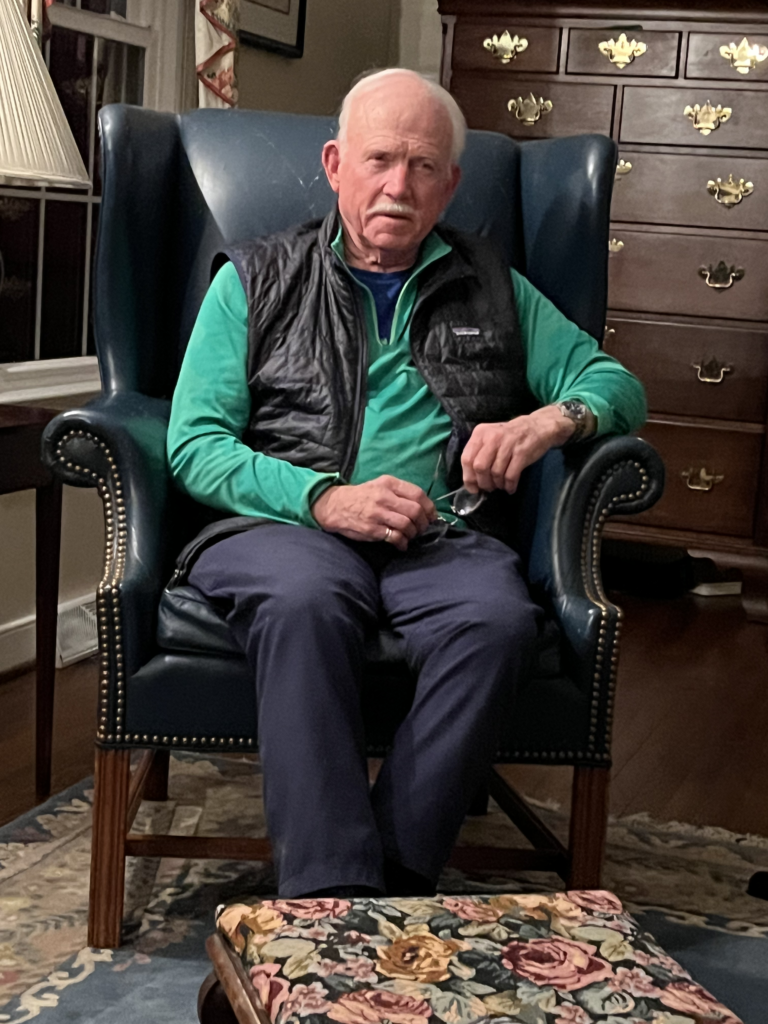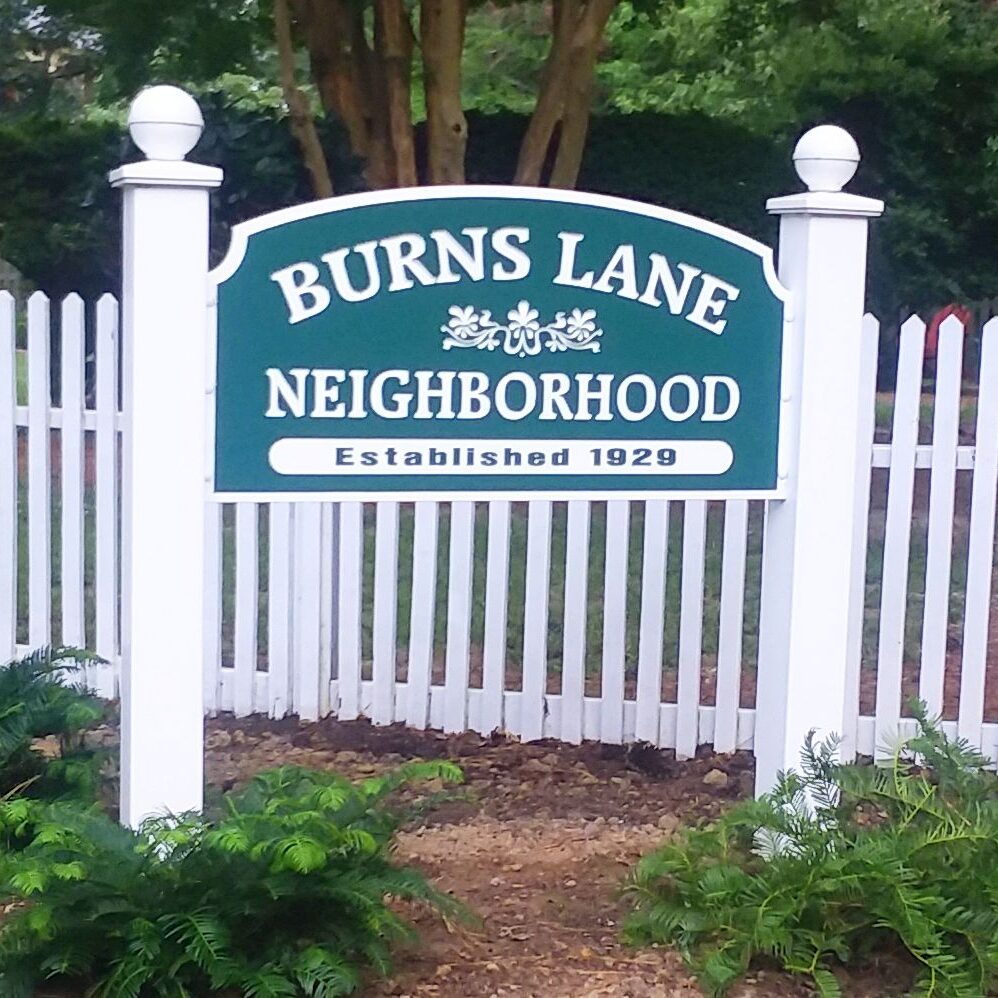Better Late than Later?
Neighbors, I have been absent since February, and have been so very busy that I’ve been unable to keep up this website, let alone write posts. I now have time for a deep breath. I’ll start updating the website, and, of course, finish this article about our local celebrity.
An Interview with Bill Kelso

Back in February I had the pleasure of talking to neighbor Bill Kelso about his new book, Jamestown Archaeology Remains to be seen (Kelso, 2024). You may not know that Dr. BK is a prolific writer of books. This latest is his sixth, the third one devoted to Jamestown.*
*Jamestown, the Buried Truth (Kelso, 2006) and Jamestown, the Truth Revealed (Kelso, 2017) are the first two books in this series.
You all probably do know that Dr. Bill is responsible for discovering the location of the original Jamestown Settlement fort, years after the received wisdom in archaeology circles held that it had been washed into the river. In this latest book, Bill first recaps his findings from the first two books (disclosure: I have not yet read these earlier books.) He then follows the history of some of the most important buildings from the original town, takes time to discuss Pocahontas, and concludes with a summary of the danger posed to the site by erosion. I found the book to be quite readable for the layman, and while there is some technical language, it does not interfere with the fascinating story.

I sat down with Bill, some cheese and crackers, a beer, and a pocketful of questions, which he gamely answered. I’ve summarized Bill’s responses to my questions, so don’t take this writeup as exact quotes. (Unless I actually put quotes in, of course.)
As an historian/archaeologist, you could have gone just about anywhere in the world. Why did you decide to focus on Jamestown?
I probably wouldn’t have if I hadn’t first gone to the site as as a visitor rather than as an archaeologist.
“When I got there, there was a bridge across the swamp. The swampiness of it brought it to mind how difficult it must have been for the settlers. Without actually being there maybe the whole Jamestown discovery would not have happened.”
Bill also notes the irony that the lone Cyprus tree used for years and years as ‘proof’ that the original Jamestown fort had washed away, was itself washed away at last just before he began the dig that uncovered the fort’s actual original location.
Why did you feel the need to write a third book about Jamestown archaeology?
This first two books focused on early Jamestown. This one is different because it brings events later in the timeline, all the way to the capital being moved to Richmond.
Most of the chapters center around a single building or group of buildings, and follow the archaeology from the first foundation trench all the way to the present day. The chapter on Pocahontas differs from most of the others. Why did you decide to include it in the book?
I think writing about her makes her more of a person. A dead person, but a person. Her story needs to be backed up by archaeology because the historical records are nothing but English propaganda. There is no story told from the native point of view, unless we can write it from the archaeological records.

If some future archaeologist follows your hunch, digs up the original chancel of the church in the UK where she is supposedly buried, and finds remains, will they be able to tell if said remains are those of Pocahontas?
Scientists should be able to tell if the bones belonged to a native American from about the correct time period. The likelihood of these remains being anyone else but Pocahontas would be vanishingly small.
KAS Note: I’m not going to tell you where he thinks they are. Read the book and follow his reasoning.
This book is as much about historical records as it is about post hole stains and old brick foundations. Is the strong focus on historical records standard in archaeology circles?
For me it is natural to view findings through the lens of historical records. I was trained as an historian first, so historical records have always shaped the way I approach and interpret archeological findings. “Archaeology brings in physical evidence, but needs context from the written record. The dig is the set of the play and the historical records are the play itself.”
I adore the story of Drummond’s home and warehouse. He supported Bacon’s rebellion by burning down his own house, but only after he stripped it bare of all fittings and valuables. It reduces his support to propaganda rather than an actual sacrifice for the cause.

Remember that it’s only one interpretation that he stripped the building first. It is also possible he salvaged the valuables after burning it down. At the time it wasn’t uncommon for people to burn down their house to salvage the nails. Timber was everywhere, but iron was extremely scarce. So while it may make a better story, it isn’t absolutely certain.
A more important take-away is that after the fire, the public buildings in Jamestown were rebuilt. Bacon was rebelling against the entrenched oligarchy emerging in the colony. After the insurrection was put down, the oligarchy got their public buildings back, but Drummond didn’t get his. Insurrection doesn’t, or rather didn’t, pay.
Another interesting finding from Drummond’s warehouse is the bent coin deliberately placed in the foundation trench. Drummond was a hard-headed businessman. Yet, just in case, he followed the ancient ritual of putting a sacrificial offering in the foundation trench of a new building. It’s another case of archaeology adding extra dimensions to an historic figure.
You write with some affection about the Association for the Preservation of VA (APVA). What can you tell me about them?
In a nutshell, they were very ‘southern’ ladies who wanted to save Jamestown. They, “…hounded the then private land owner until he gave them 22 acres around the church tower ruin… therefore unknowingly saved the fort site.” I worked with them for 20 years, and these ladies were instrumental in keeping the Jamestown site clear so I could work unhindered.
Of course, they didn’t have any money, so when they ‘hired’ me, at first all they could pay me was a rent-free home. Ellen and I lived there on Jamestown Island and raised our family there right up until we moved here to Burns Lane.
They weren’t professional archaeologists either, and they made a number of interpretive mistakes. You can read about some of them in the book. But their hearts were in the right place. Fortunately, they left about 80% of Jamestown undisturbed, allowing my team to excavate and reinterpret the site. That’s the nature of archaeology. In the future someone else will come around, re-excavate, reinterpret, and do a better job.
KAS note: that’s the nature of scientific discovery in general, not just archaeology.
The appendix is an essay about the scientific method, social sciences in general, and archaeology in particular. What do you think your insights add to archaeology as a science?
This may ruffle some feathers, but I think the scientific method doesn’t actually apply to a field such as archaeology. We can look at data and we can form hypotheses, but we have no way to test these hypotheses. We can try to build a fort using tools from the 17th century, but we can’t replicate famine, or constant native attacks, or poor medicine, or swarms of mosquitos. There are just too many confounds for any experiment to be meaningful.
Because there is no way to perform experiments, we can’t draw conclusions based only on the data. We need imagination as well as deductive reasoning to tell a compelling story. And we need humility to admit that the next generation of archaeologists may come along and upend all of our conclusions.
Do you plan to write any more books?
I don’t have any in the works, but who knows what the future may bring?
Thanks so much Bill, for sharing your insights with me, and for the lively discussion about the scientific method. Neighbors, I suggest you read the book. It’s fairly short, definitely approachable, and both engaging and amusing.


Chris Gareis
blrawebmaster